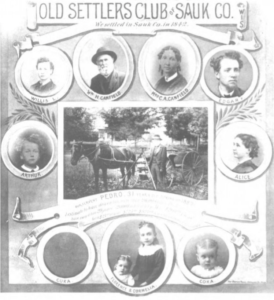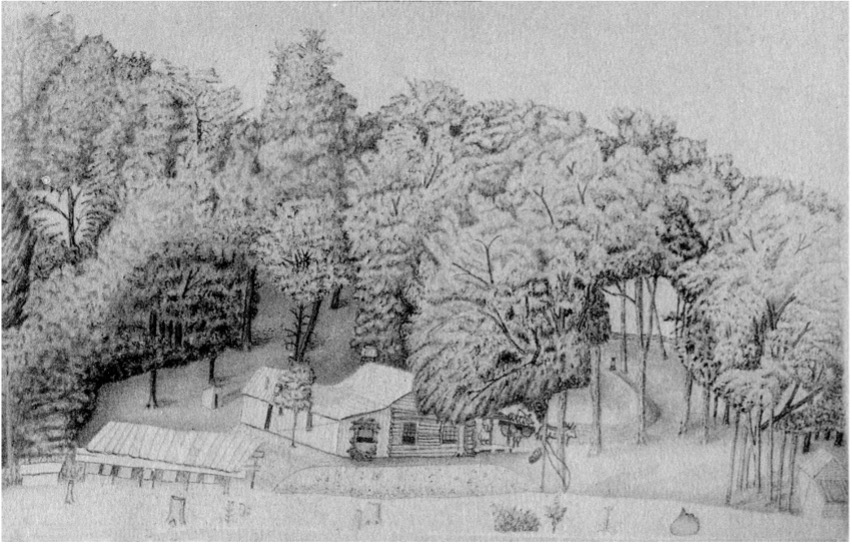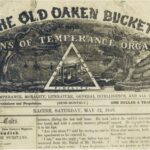The straw case pictured here was created by Cordelia Canfield in 1844. Cordelia was the wife of William Canfield, a noted local historian and surveyor of the Baraboo, WI area. Canfield’s case is approximately 1 foot long with its cap on and 10 and a half inches long with the cap removed. The case is hollow with a large central cavity and is made of a woven straw. Local rumor states that the case housed and protected a temperance pledge, a written agreement to abstain from alcohol.


The Canfields were Yankees: migrants from the east coast. Many Yankees immigrated to Wisconsin the 1830s, including the Canfields who arrived in the Baraboo valley in 1832, settling at Skillet Creek. Amongst Yankee communities, Methodists, Congregationalists and Presbyterians were noted for their abstinent lifestyle and the proliferation of temperance ideology. The Canfield’s were no exception to this trend. Luckily for the young family, some of their neighbors held the same beliefs about alcohol. To honor this shared belief, the group signed a temperance pledge in 1844.

Given the document’s importance, a means of storage was necessary. To build a vessel for the pledge, Cordelia Canfield looked to her surroundings. At the time of the pledge’s signing in 1844, the Canfields still resided at Skillet Creek, and it is likely that Cordelia gathered straw from nearby her home to create the pledge’s vessel.
In the years to follow, German migrants began to arrive in Baraboo. In contrast to Baraboo’s supporters of temperance, the Germans enjoyed alcohol, especially lager. Amongst Baraboo’s established anti-alcohol population, which included some of the pledge’s signatories, an anti-German sentiment developed. This sentiment also held a classist tinge due to alcohol’s association with the “rowdy” lower classes. This prejudice was rooted in New England’s early temperance propaganda which, beginning in the 1810s, labeled those who abstained from alcohol as godly, and those who succumbed to the vice as sinful. As a result, Yankees who abstained from alcohol felt a sense of moral superiority over their new German neighbors, further driving animosities.

This sentiment was not isolated to Baraboo. Across the state, anti-German and anti-alcohol attitudes developed alongside temperance organizations. For a time, these organizations were quite powerful, controlling the state legislature and instituting temperance legislation. However, beginning in the 1850s, Wisconsin’s rising German population began to win back ground, and by the middle of the decade, politically powerful temperance organizations had all but died out.
The straw case was passed down in the Canfield family, a relic of a movement and era that had come and gone in Wisconsin. Nonetheless, the case remains important for the insight it provides into Baraboo’s earliest temperance group and the steadfast commitment by some of the valley’s earliest and most influential settlers to abstaining from alcohol.
Written by Austin Barrett, October 2022

Object courtesy of the Sauk County Historical Society.
SOURCES
Canfield, William H., and William H. Canfield. Outline Sketches of Sauk County: Including Its History, from the First Marks of Man’s Hand to 1861, and Its Topography, Both Written and Illustrated. Brookhaven Press, 2001.
Rohrer, James R. “The Origins of the Temperance Movement: A Reinterpretation.” Journal of American Studies, vol. 24, no. 2, 1990, pp. 228–235., https://doi.org/10.1017/s0021875800029753.




